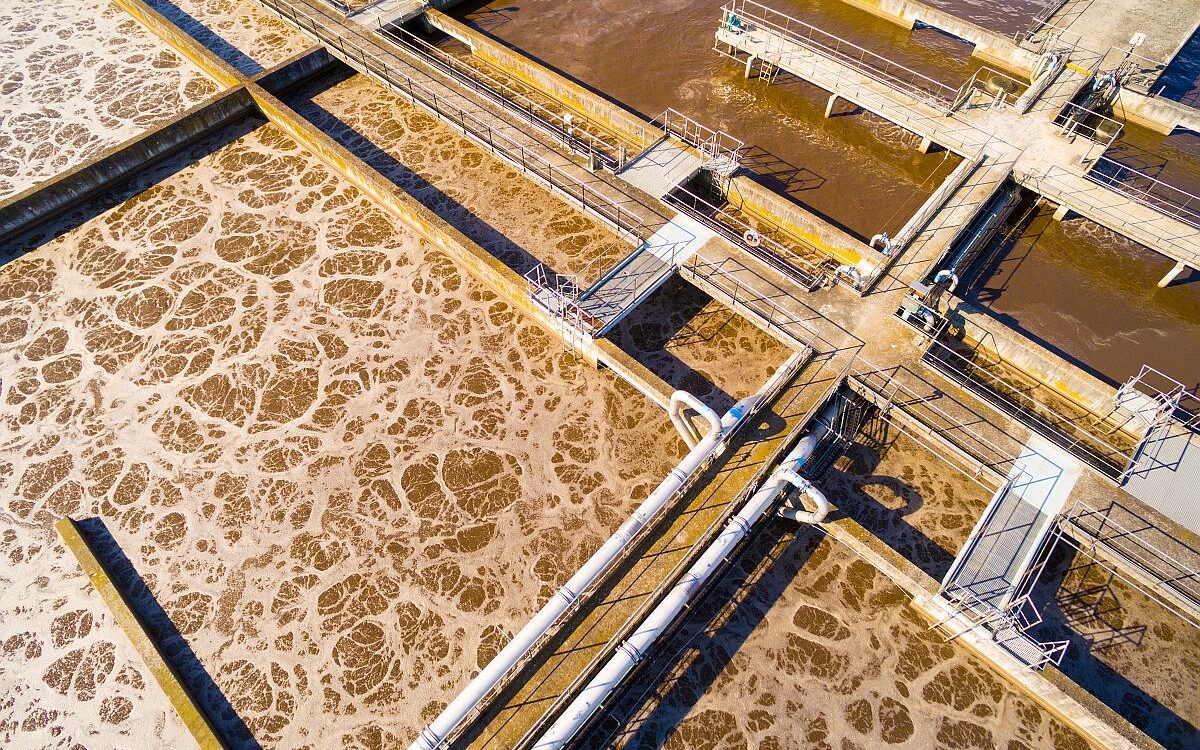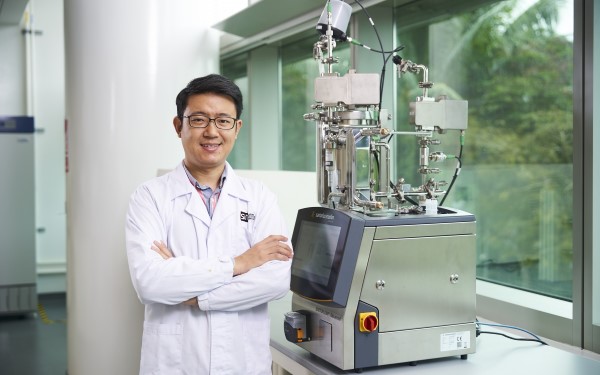Between December 2014 and September 2015 there were three clusters of Legionnaires’ disease outbreaks in the Bronx, New York City. Legionnaires’ disease, a severe form of pneumonia, is caused by inhaling aerosolized water containing certain pathogenic strains of Legionella bacteria. Legionella thrive in warm, stagnant water with low disinfection residuals such as hot water tanks, hot tubs, cooling towers, decorative fountains and showerheads. In total, the Bronx outbreaks infected more than 150 individuals resulting in at least 17 deaths. The second outbreak (138 infected, 16 deaths) was the largest Legionnaires’ disease outbreak in New York City history. The source of Legionella was ultimately linked to cooling towers.
Reported cases has risen in the United States
Reported cases of Legionnaires’ disease in the United States has steadily risen. The number of reported cases in 2015 was nearly 4.5 times the number of cases from 2000. To combat the rise, ASHRAE (American Society of Heating, Refrigeration, and Air-Conditioning Engineers) developed Standard 188 establishing minimum Legionella risk management requirements for building water systems. In the aftermath of the Bronx outbreaks, New York City and State implemented new requirements for Legionella monitoring in cooling towers based on Standard 188.
In New York, monitoring plans consist of quarterly Legionella specific culture testing with routine microbial monitoring (weekly) and general water quality (pH, temperature, conductivity, biocide concentration; 3 times per week). Routine microbial monitoring, stipulated as heterotrophic plate counts (HPC) or dip slides, is done to assess the general risk of microbial growth, thereby complimenting, not replacing, Legionella specific culture testing.
The advantages of Generation Adenosine Triphosphate (ATP)
Within Legionella water management plans there is a significant opportunity to utilize 2nd Generation Adenosine Triphosphate (ATP) as opposed to HPC or dip slides for general microbial monitoring. The advantages are:
- ATP provides a measurement in minutes as opposed to days for HPC and dip slides. This allows for a much faster response time if a microbial risk is identified. Since corrective actions can be taken days earlier, the cost of remediation may be reduced as the microbes will not be allowed to further proliferate while waiting for test results.
- ATP quantifies all living organisms while HPC only quantifies heterotrophic bacteria. Quantifying all organisms gives a better indication of microbial risk.
- ATP can be done on site with a portable kit while HPC must be done in a laboratory.
LuminUltra’s 2nd Generation ATP can provide a ‘canary in a coal mine’ when it comes to Legionella monitoring, a true leading indicator of potential Legionella issues. With rates of Legionnaires’ disease continuing to increase, make sure your building’s water system is adequately monitored and protected.
Source: LuminUltra’s Blog







